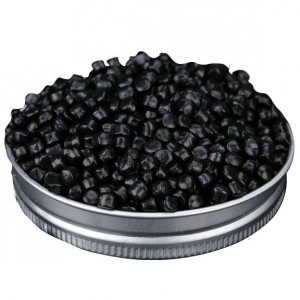| Shamim Polymer Kosar |

| No Title | 0.01 MB |
| Registration Date | 31 May 2019 |
| Revision Date | 31 May 2019 |
| Share |
Others Composites and Polymers
Polypropylene nanocompositePolypropylene
(C3H6)n Nanoparticle /Nanopowder CAS Number : 9003-07-0It has been demonstrated that addition of nanoparticles as fillers in polymeric matrix leads to a better flexural strength and notch impact strength. Adding nanoparticles to the polymeric compounds result in improvement of their mechanical properties. Mechanical properties of the product are improved by single axle stretch test according to ASTM 638:14, so as the use of nanomaterials leads to a 3% and 68% increase in the yield strength and elongation in the fracture point, respectively. A 10% and 50 % decrease in the fracture strength and elongation in the yield point also occurs, respectively. According to the Charpy impact test ASTM D6110:10, a 5% increase in impact resistance happens.Below table shows these results in detail.
Due to low cost and outstanding mechanical properties and moldability of polypropylene (PP), it used for more than half of all the plastic materials in automobiles. PP compounds are used for a variety of parts, including bumper, instrumental panels and door trims. Several grades of PP compounds, with their diverse performance characteristics, have been developed by compounding PP with various other materials according to the performance requirements of the intended parts. The combination of nanoparticles with polymeric matrix has been attracted a great deal of attention in the application of PP compounds in automotive industry because of the possibility of use low contents of fillers with great increases in both impact and tensile mechanical properties.